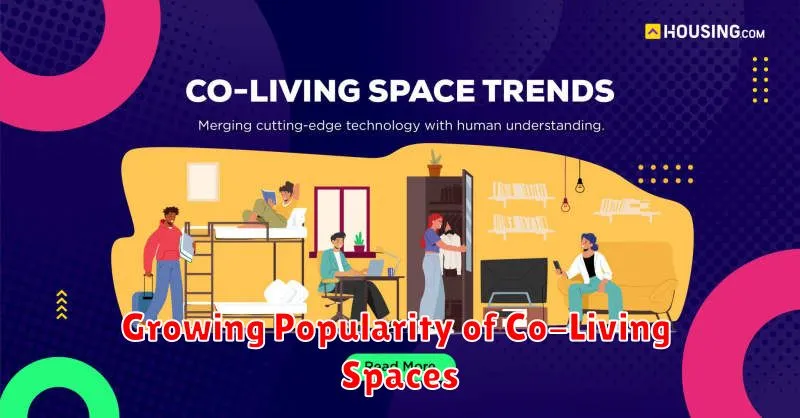The rental market is a dynamic landscape, constantly evolving in response to economic shifts, technological advancements, and changing demographics. Understanding the top trends shaping this market is crucial for both renters and landlords. This article will delve into the most significant forces currently influencing the rental market, providing valuable insights into the rental landscape and its future trajectory. We’ll explore how these trends are impacting rent prices, availability, and the overall rental experience.
From the rise of flexible lease terms and the increasing demand for amenity-rich properties to the impact of remote work and the growing importance of sustainable living, we will cover the key factors influencing the modern rental market. Whether you’re a seasoned investor, a first-time renter, or simply curious about the current state of the rental market, this article will equip you with the knowledge you need to navigate this complex and ever-changing environment. Join us as we explore the top trends shaping the rental market today.
Growing Popularity of Co-Living Spaces

Co-living spaces are experiencing a surge in popularity, particularly among young professionals and students. These shared living arrangements offer a cost-effective alternative to traditional rentals, especially in expensive urban areas.
Beyond affordability, co-living provides built-in community and networking opportunities. Residents share common areas, often participate in organized social events, and build connections with like-minded individuals. This aspect is particularly attractive to those new to a city or seeking a more social living environment.
Co-living spaces are typically fully furnished and include utilities and other amenities like Wi-Fi and cleaning services, offering a convenient and hassle-free living experience.
The Impact of Remote Work on Rentals
The rise of remote work has significantly impacted the rental market. The shift away from traditional office spaces has led to increased demand for rentals in areas previously considered less desirable for commuters. Flexibility in work location allows renters to prioritize factors like affordability, space, and amenities over proximity to urban centers.
This trend has also influenced the types of properties in demand. Renters now seek homes with dedicated office spaces, reliable internet connectivity, and features conducive to both work and leisure. Demand for larger units, suburban homes, and properties in scenic locations has surged as renters seek environments optimized for a work-from-home lifestyle.
Sustainability in Rental Properties
Eco-conscious living is increasingly influencing renter decisions. Demand for sustainable rental properties is rising, pushing landlords and property managers to adapt.
Key features renters seek include energy-efficient appliances, water-saving fixtures, and renewable energy sources like solar panels. Properties with effective waste management and recycling programs are also highly desirable.
These upgrades not only attract environmentally aware tenants but also offer long-term benefits like reduced utility costs and increased property value.
Digitalization of Rental Processes
The rental market is undergoing a significant transformation driven by digitalization. This shift is streamlining processes for both landlords and tenants, creating a more efficient and transparent experience.
Online property listings and virtual tours have become commonplace, allowing prospective tenants to explore properties remotely. Applications, lease signings, and even rent payments are increasingly handled digitally, reducing paperwork and saving time.
This trend towards digitalization offers significant advantages, including increased accessibility, faster turnaround times, and improved communication.
Increased Demand for Flexible Leases
The rental market is experiencing a surge in demand for flexible lease terms. Shorter lease durations, such as month-to-month agreements, are becoming increasingly popular, driven by a variety of factors.
Remote work and the gig economy contribute significantly to this trend. Individuals with less traditional employment situations often prioritize flexibility and the ability to relocate quickly. Life transitions, such as temporary job assignments or educational pursuits, also fuel the demand for short-term housing options.
This shift presents both challenges and opportunities for landlords. While shorter leases can lead to higher turnover rates, they also allow for increased rental rates and the ability to adapt to market fluctuations more readily.

